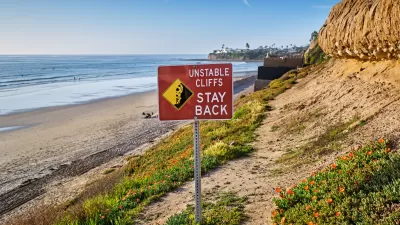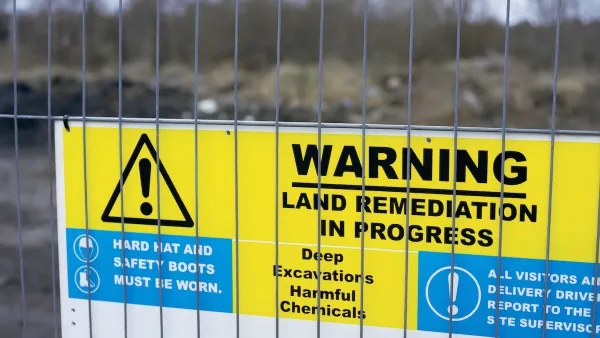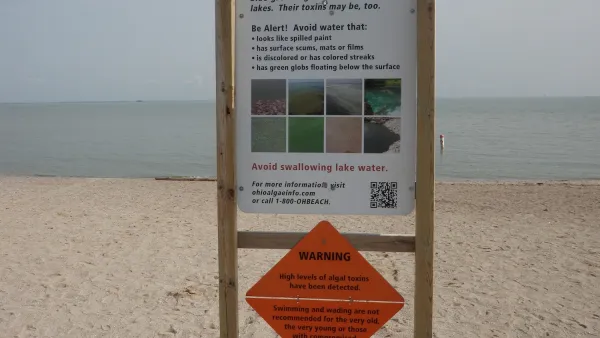As it has already done with public lands, the Trump Administration is studying how to roll back environmental protections for the sake of the oil and gas industries. This time, marine sanctuaries are the administration's target.
"The Trump Administration is reviewing whether to shrink national marine sanctuaries and monuments under a recently-released plan that could expand offshore oil and gas drilling," according to an article by KQED.
"In April, President Trump asked U.S. Commerce Secretary Wilbur Ross to evaluate whether 11 national marine sanctuaries and monuments created or expanded since 2007 would be appropriate for opening up to oil and gas exploration," and the "areas that could lose protection span from Central California to the South Pacific to New England, totaling [sic] about 425 million acres."
The article includes an interview between KQED's Broan Watt and Paul Rogers, the managing editor of KQED's science unit and environment writer at the Mercury News, about the impacts of a potential decision to shrink marine sanctuaries would mean, particularly for the state of California.
The Trump Administration's treatment of marine sanctuaries mirrors its treatment of public lands—President Trump dispatched a cabinet member to study the reduction of national monuments, and is pursuing an "energy dominance" agenda that includes an order by Interior Secretary Ryan Zinke to expedite drilling on public lands.
As noted in the article, "[t]he National Oceanic and Atmospheric Administration is accepting public comments on the review of all designations and expansions of National Marine Sanctuaries and Marine National Monuments since April 28, 2007. The comment period ends July 26. Submit a formal comment to the National Register."
FULL STORY: Trump Administration Considers Shrinking Federally Protected Waters

Planetizen Federal Action Tracker
A weekly monitor of how Trump’s orders and actions are impacting planners and planning in America.

Restaurant Patios Were a Pandemic Win — Why Were They so Hard to Keep?
Social distancing requirements and changes in travel patterns prompted cities to pilot new uses for street and sidewalk space. Then it got complicated.

Map: Where Senate Republicans Want to Sell Your Public Lands
For public land advocates, the Senate Republicans’ proposal to sell millions of acres of public land in the West is “the biggest fight of their careers.”

Maui's Vacation Rental Debate Turns Ugly
Verbal attacks, misinformation campaigns and fistfights plague a high-stakes debate to convert thousands of vacation rentals into long-term housing.

San Francisco Suspends Traffic Calming Amidst Record Deaths
Citing “a challenging fiscal landscape,” the city will cease the program on the heels of 42 traffic deaths, including 24 pedestrians.

California Homeless Arrests, Citations Spike After Ruling
An investigation reveals that anti-homeless actions increased up to 500% after Grants Pass v. Johnson — even in cities claiming no policy change.
Urban Design for Planners 1: Software Tools
This six-course series explores essential urban design concepts using open source software and equips planners with the tools they need to participate fully in the urban design process.
Planning for Universal Design
Learn the tools for implementing Universal Design in planning regulations.
Heyer Gruel & Associates PA
JM Goldson LLC
Custer County Colorado
City of Camden Redevelopment Agency
City of Astoria
Transportation Research & Education Center (TREC) at Portland State University
Camden Redevelopment Agency
City of Claremont
Municipality of Princeton (NJ)





























